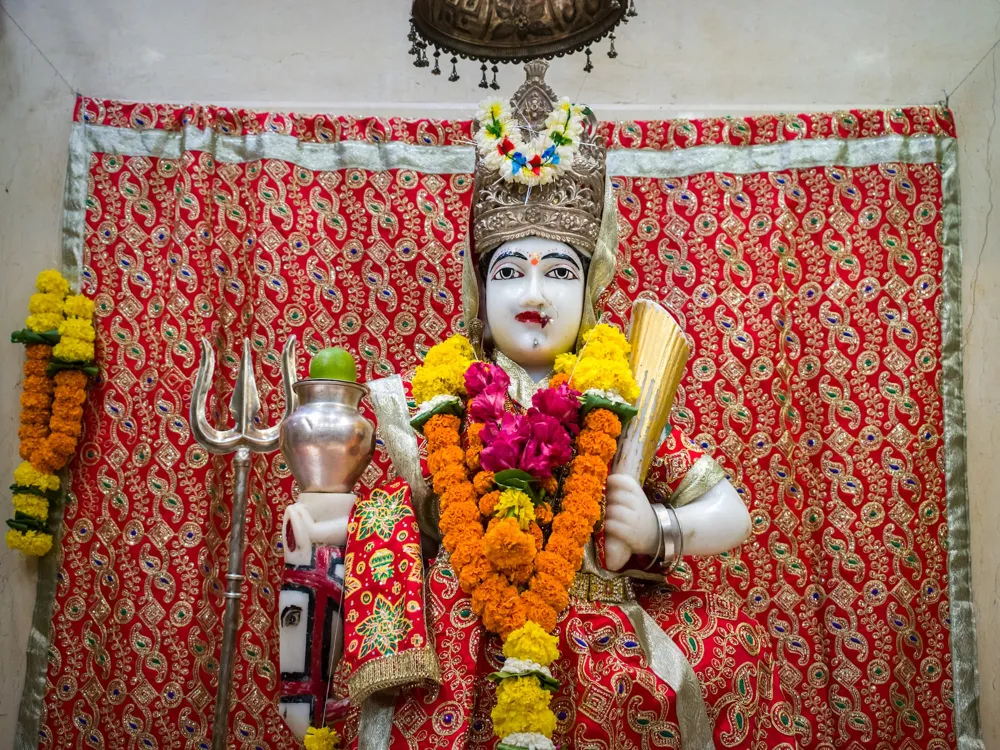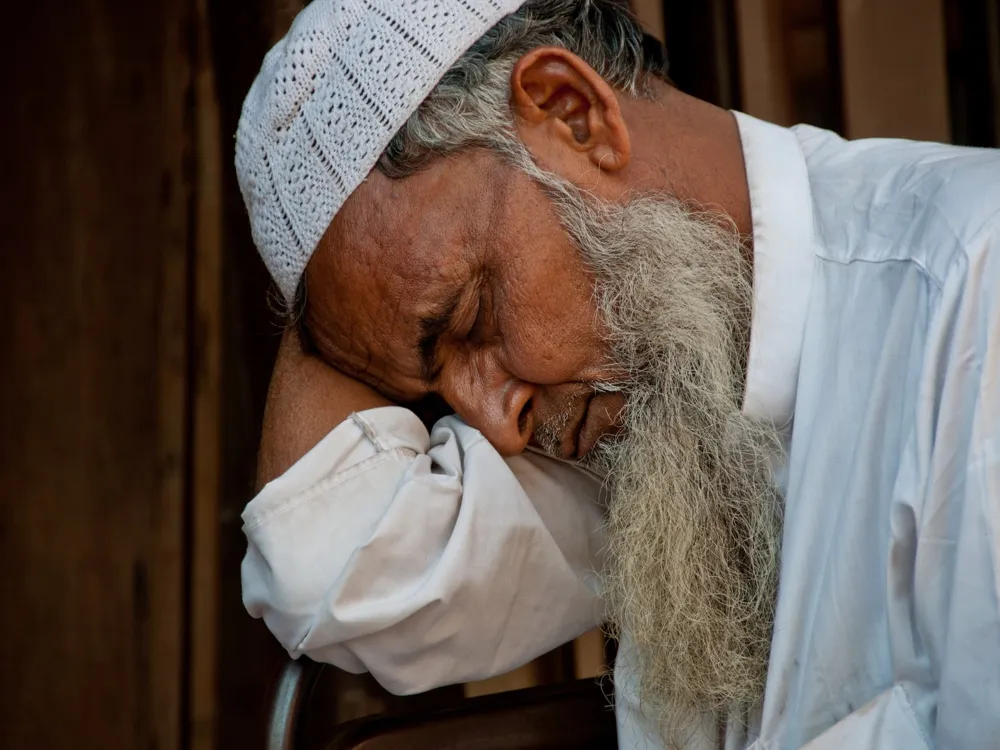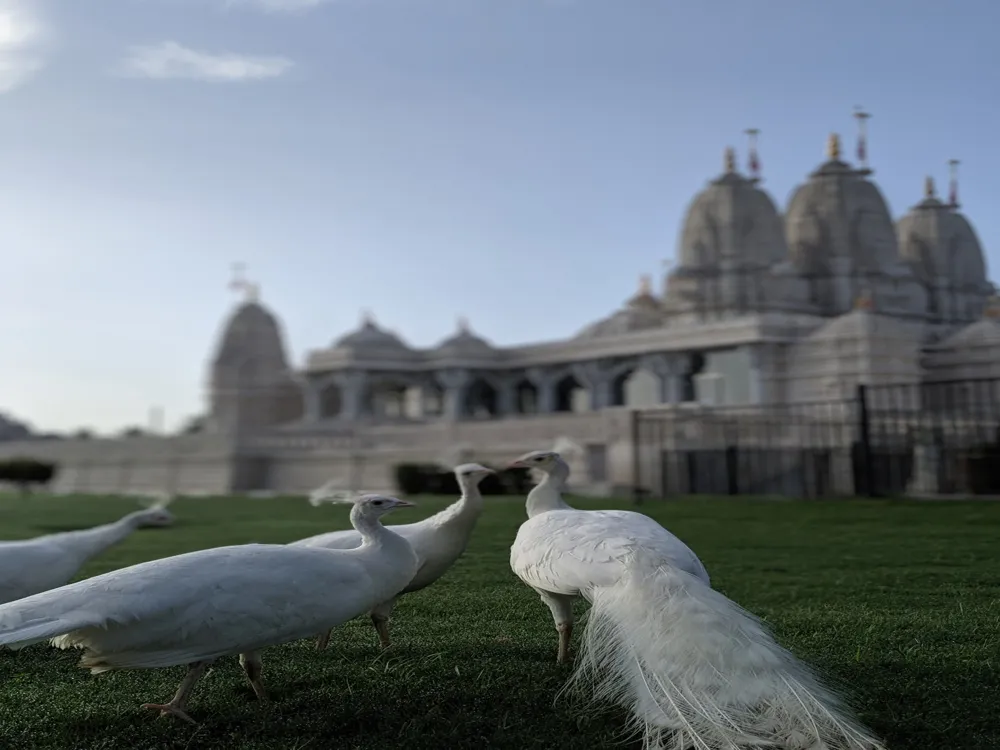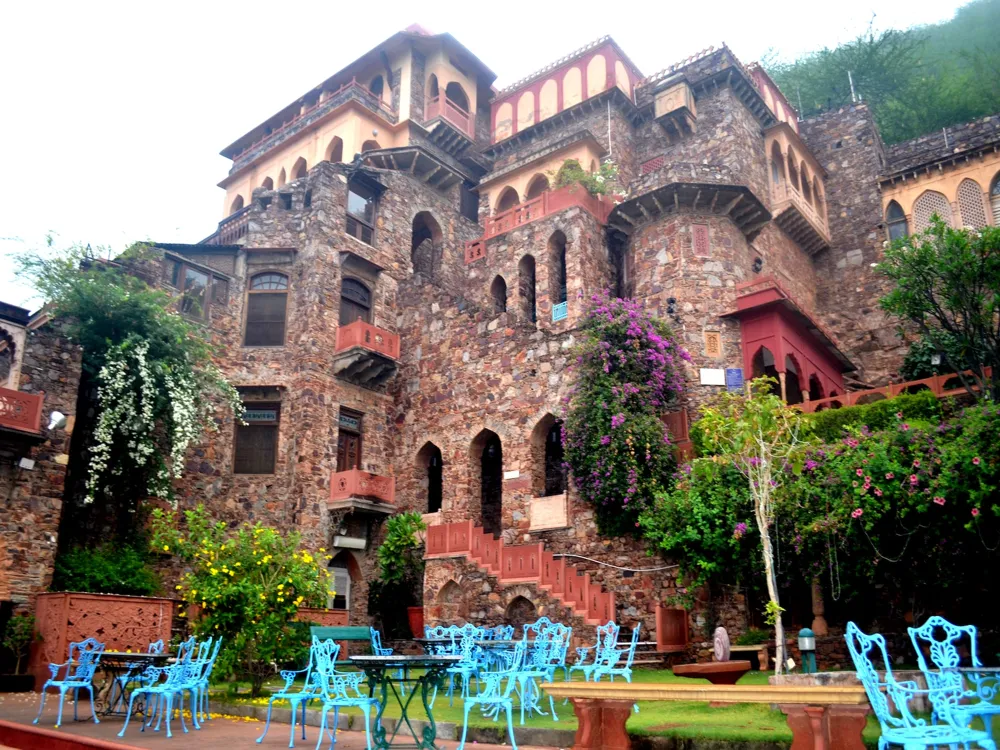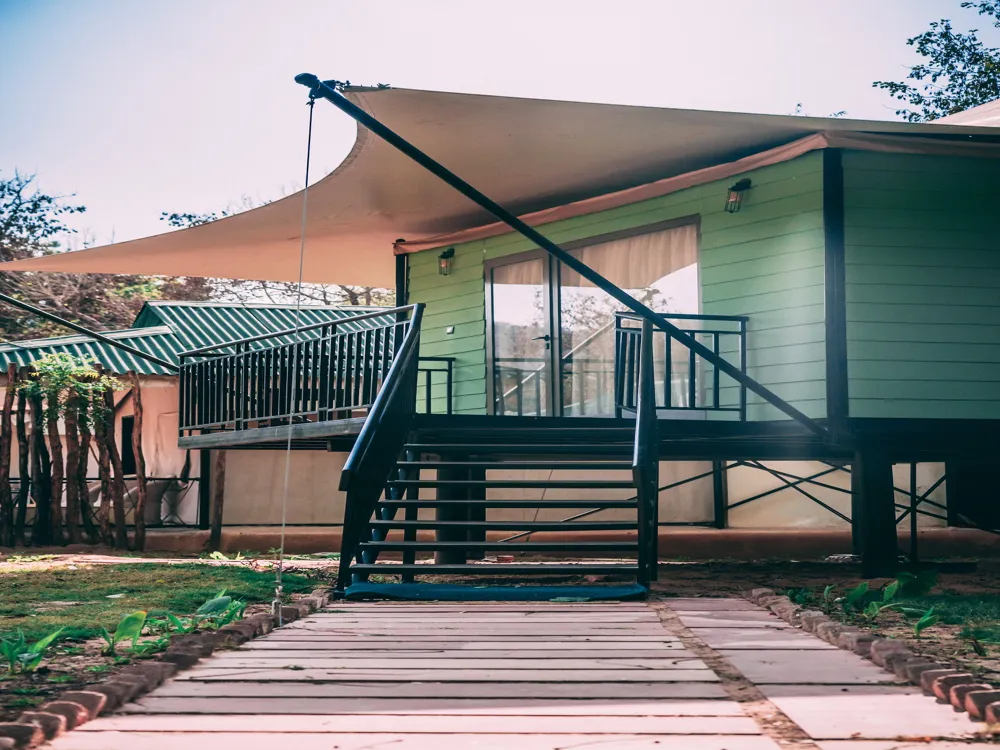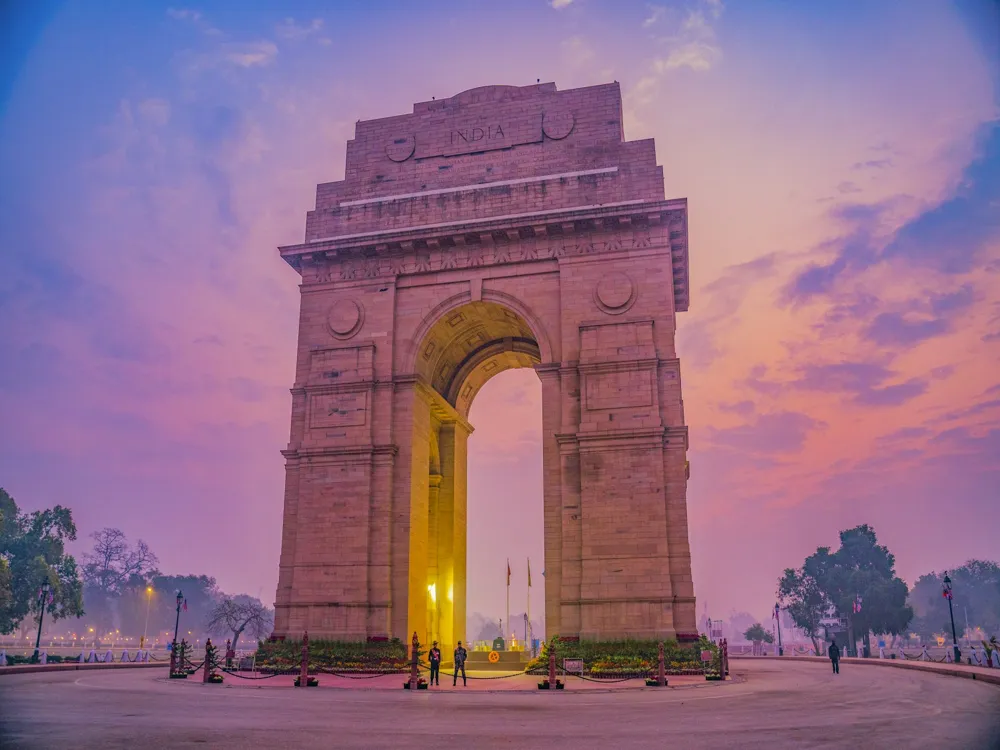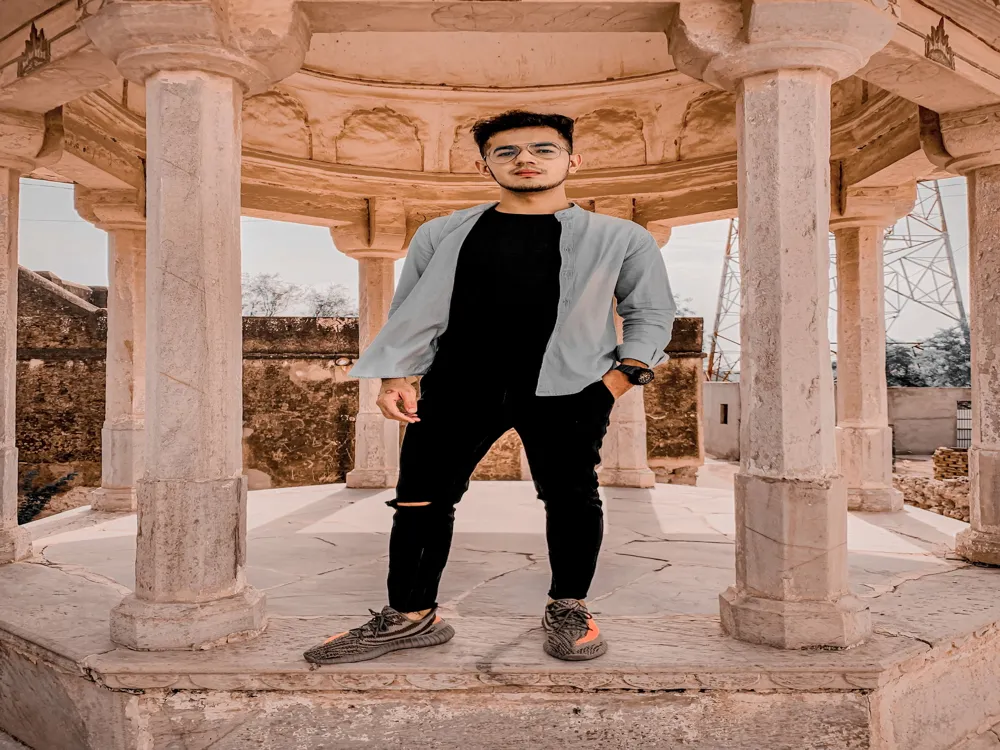The Tomb of Shah Wilayat holds a significant place in the historical and cultural landscape of Narnaul, Haryana. This ancient mausoleum, nestled in the heart of the city, is not just a tourist attraction but a testament to the rich history and heritage of the region. The tomb is dedicated to Shah Wilayat, a revered saint whose life and teachings have left an indelible mark on the local culture. This architectural marvel, dating back to the 14th century, is a fine example of the fusion of Persian and Indian architectural styles, reflecting the syncretic cultural milieu of the period. The tomb's historical significance is intertwined with the life of Shah Wilayat, a mystic and saint who played a pivotal role in spreading Sufism in the region. His teachings and spiritual legacy continue to influence the local population, making the tomb a center of reverence and pilgrimage. The period of its construction coincides with the Tughlaq Dynasty, a time known for architectural innovation and cultural exchange between Persia and India, further enhancing the tomb's historical importance. The Tomb of Shah Wilayat is renowned for its unique architectural features. It exhibits a blend of Islamic and Hindu design elements, a hallmark of the Indo-Persian style prevalent during the medieval period in India. The tomb's striking façade, ornate decorations, and the use of calligraphy are particularly noteworthy. The intricate jali work (lattice screens), domes, and the blend of red sandstone and marble are other distinguishing features. This architectural amalgamation not only showcases the artistic skills of the era but also reflects the pluralistic society of the time. Delving deeper into the architectural nuances of the Tomb of Shah Wilayat reveals a fascinating amalgamation of design principles and artistic expression. This section will explore the various architectural elements, their symbolism, and the techniques employed in the construction of this magnificent edifice. The layout of the tomb is a fine example of the symmetrical planning typical of Islamic architecture, combined with certain elements unique to Indian aesthetics. The main mausoleum is situated in the center of a large courtyard, surrounded by a high boundary wall. The use of chhatris (elevated, dome-shaped pavilions) and a high central dome are reminiscent of Persian influences, while the detailed carvings and the use of jali work point towards local craftsmanship. One of the most striking aspects of the tomb's architecture is its extensive use of decorative elements. From intricate floral motifs to geometric patterns, the tomb is adorned with a variety of designs, each carrying its symbolic meaning. The use of frescoes, stone inlays, and detailed plasterwork adds to the visual appeal of the structure. The blend of colors, primarily through the use of different stones, creates a vibrant yet harmonious aesthetic. The construction techniques employed in the building of the Tomb of Shah Wilayat highlight the advanced engineering skills of the period. The use of interlocking stones, lime mortar, and the balance of structural elements like arches and domes demonstrate a high level of proficiency in building large structures. The precision in the alignment of the various architectural elements and the seamless integration of decorative features with structural components reflect the expertise of the artisans and builders of the era. Visitors are advised to dress modestly out of respect for the cultural and religious significance of the tomb. Traditional Indian attire or conservative western clothing is recommended. While photography is generally allowed, it's important to be mindful of the sanctity of the site. Avoid taking pictures during prayer times or in restricted areas. It's important to observe local customs and traditions. Greet people politely, and be respectful of the rituals and practices observed at the tomb. The best time to visit the Tomb of Shah Wilayat is during the cooler months from October to March. Early mornings or late afternoons are ideal to avoid the midday heat. The Tomb of Shah Wilayat is easily accessible from various parts of Haryana and neighboring states. Narnaul, being well-connected by road and rail, makes the journey to the tomb quite convenient for visitors. Narnaul is well-connected by road to major cities like Delhi, Jaipur, and Chandigarh. Regular bus services and taxis are available, offering comfortable travel options to reach the tomb. Narnaul railway station is the nearest railhead, connected to several major cities. From the station, one can hire local transportation to reach the tomb. The nearest airport is in Delhi, from where one can take a bus or taxi to Narnaul. The journey by road from Delhi to Narnaul takes approximately 3-4 hours. Read More:Overview of the Tomb of Shah Wilayat in Narnaul, Haryana
Historical Significance
Architectural Features
Architecture of the Tomb of Shah Wilayat
Layout and Design
Decorative Elements
Construction Techniques
Tips When Visiting the Tomb of Shah Wilayat
Dress Appropriately
Photography Guidelines
Local Etiquette
Best Time to Visit
How To Reach the Tomb of Shah Wilayat
By Road
By Train
By Air
Tomb of Shah Wilayat
Narnaul
Haryana
NaN onwards
View narnaul Packages
Narnaul Travel Packages
View All Packages For Narnaul
Top Hotel Collections for Narnaul

Private Pool

Luxury Hotels

5-Star Hotels

Pet Friendly
Top Hotels Near Narnaul
Other Top Ranking Places In Narnaul
View All Places To Visit In narnaul
View narnaul Packages
Narnaul Travel Packages
View All Packages For Narnaul
Top Hotel Collections for Narnaul

Private Pool

Luxury Hotels

5-Star Hotels

Pet Friendly







